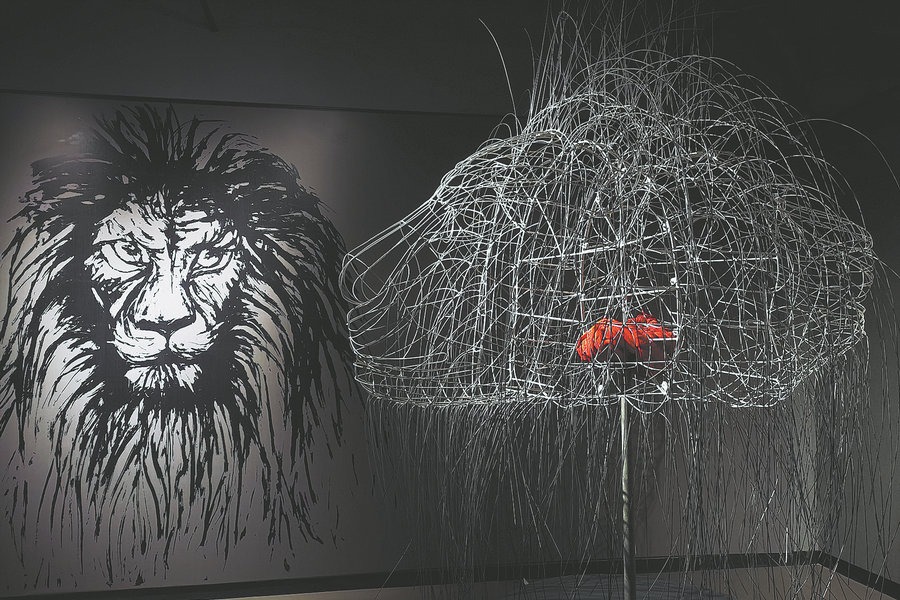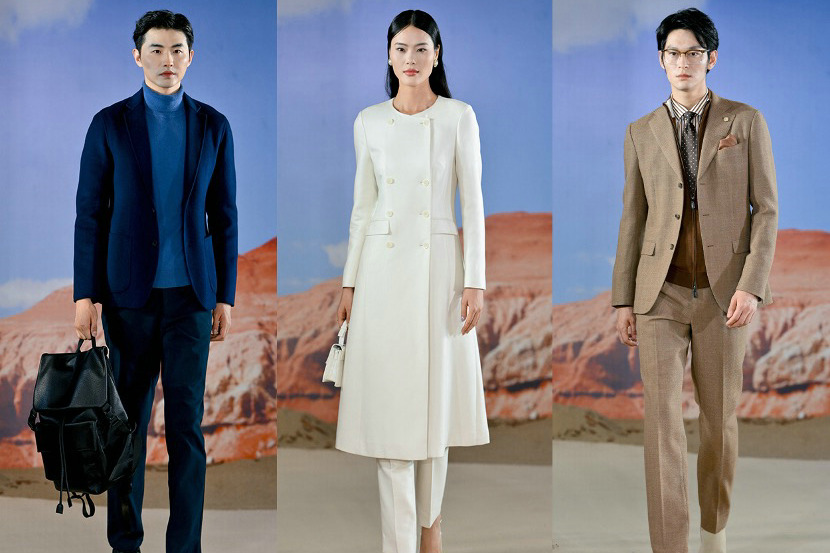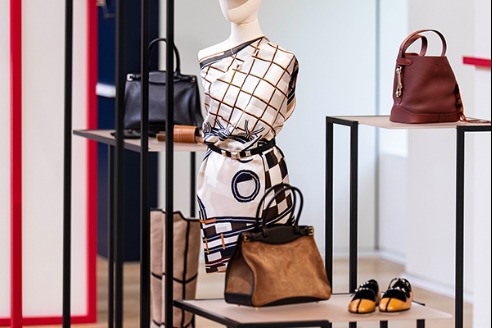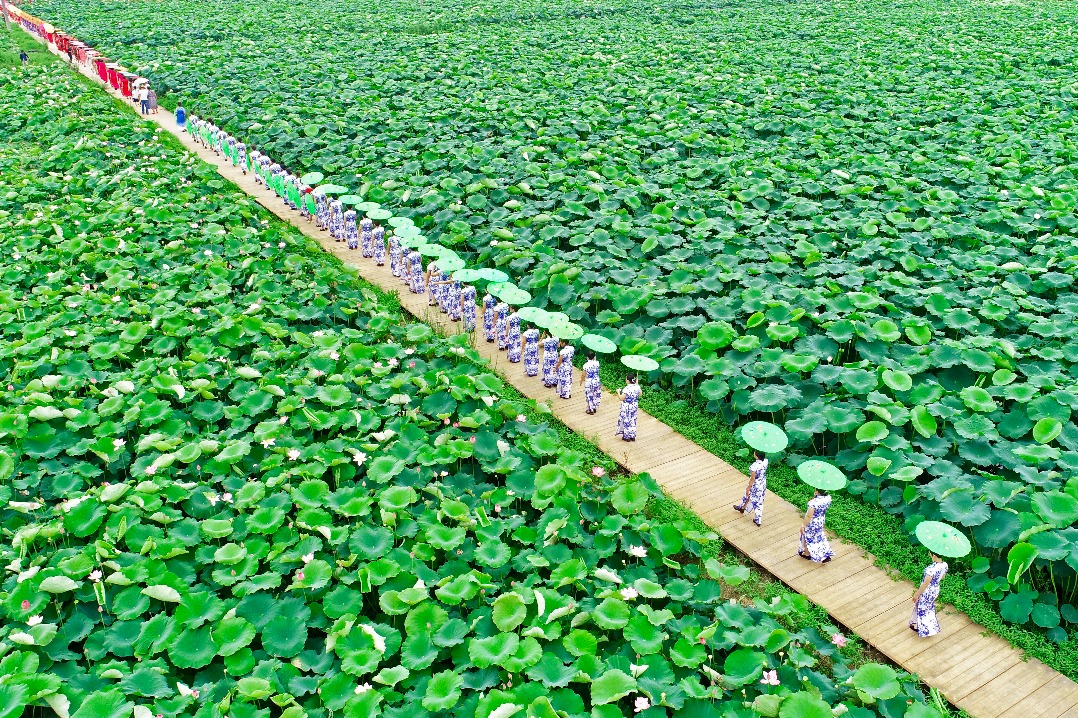Educators at Shenzhen forum reimagine future learning


What will education look like in the future? How can a city's cultural landmarks, such as museums, serve as complementary venues for school education?
These questions were central to the discussions at the recently concluded 2025 Yidan Education Forum. Educators and experts convened at Shenzhen Mingwan School from Aug 23 to 24 to explore how spatial design and community development can create an enabling environment for future learning.
Under the theme "Nurturing Future Learners: Designing Learning Spaces and Building Learning Communities for Tomorrow", the event was jointly organized by the Chen Yidan Foundation and two institutions of Beijing Normal University.
Wang Jun, the Chinese dean of the Sino-Finnish Joint Learning Innovation Institute at the university, one of the organizers, believes that the core of future education lies not only in textbooks but also in ecosystems. She emphasized that curiosity-driven learning spaces and inclusive, open communities together provide fertile ground for children's personalized growth.
Ted Faunce, executive principal of Shenzhen Mingwan School, emphasized that the true value of a new school lies not in its size but in its effective utilization. He added that only by integrating space, curriculum, and community — and involving teachers, designers, parents, and nearby residents as co-creators — can a campus become a sustainable science museum and a project-based learning ground. This approach allows students to grow into future learners by engaging with real-world problems and communities.
Rao Ruirui, secretary-general of the Chen Yidan Foundation, stated that future education should not rely solely on the efficient transmission of knowledge through digital means. Instead, she highlighted that it must be rooted in physical spaces — such as schools, parks, and nature — that nurture emotions, foster deep human connections, and cultivate lasting value.




































